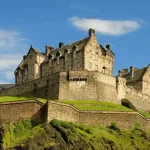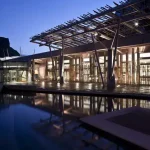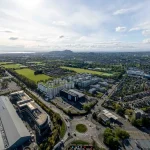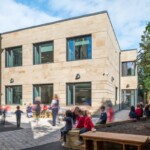Charles Robert Cockerell, Edinburgh Building, Scottish Structure, Photo, Date, English architect
CR Cockerell Architect – Edinburgh Monument
National Monument Architect – Scotland
Charles Robert Cockerell RA PRIBA
(1788-1863)
born in London; ARA in 1829, RA in 1836, President of the RIBA in 1860
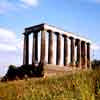
Natonal Monument Edinburgh © Adrian Welch
Charles Robert Cockerell Architect
Charles Robert Cockerell RA (27 April 1788 – 17 September 1863) was an English architect, archaeologist, and writer. He studied architecture under Robert Smirke.
He went on an extended Grand Tour lasting seven years, mainly spent in Greece. He was involved in major archaeological discoveries while in Greece. On returning to London, he set up a successful architectural practise.
Appointed Professor of Architecture at the Royal Academy of Arts, he served in that position between 1839 and 1859. He wrote many articles and books on both archaeology and architecture. In 1848, he became the first recipient of the Royal Gold Medal.
Cockerell had grave doubts about the wisdom of using Greek Revival architecture in nineteenth-century England. Cockerell’s first building (1818–20) was in the style of Tudor architecture, the brick building at Harrow School, now known as the ‘old schools’ has twin crow-stepped gables. His next commission was the classical Hanover Chapel (1821–25) Regent Street, with its twin towers and projecting tetrastyle Ionic portico, later demolished (1896).
A full description of this folly:
The National Monument of Scotland, on Calton Hill in Edinburgh, is Scotland’s national memorial to the Scottish soldiers and sailors who died fighting in the Napoleonic Wars. It was intended, according to the inscription, to be “A Memorial of the Past and Incentive to the Future Heroism of the Men of Scotland”.
The monument dominates the top of Calton Hill, just to the east of Princes Street. It was designed during 1823–6 by Charles Robert Cockerell and William Henry Playfair and is modelled upon the Parthenon in Athens. Construction started in 1826 and, due to the lack of funds, was left unfinished in 1829. This circumstance gave rise to various nicknames such as “Scotland’s Folly”, “Edinburgh’s Disgrace”, “the Pride and Poverty of Scotland” and “Edinburgh’s Folly”.
National Monument of Scotland architect – CR Cockerell
Edinburgh Architecture
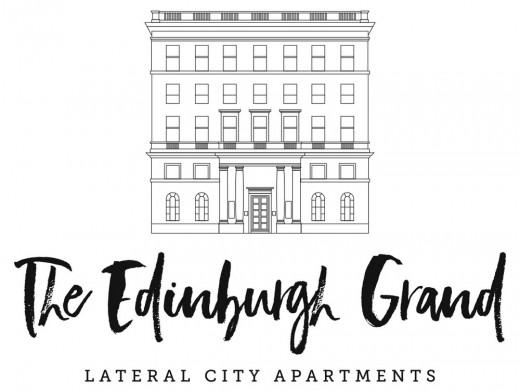
image from developer
The Edinburgh Grand Building
Powderhall Stables Building
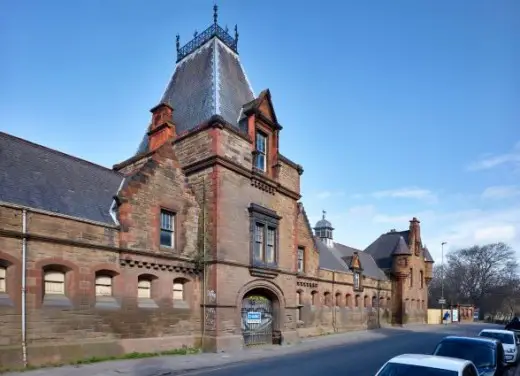
photo : Andrew Lee
Powderhall Stables Building News
Scottish Parliament
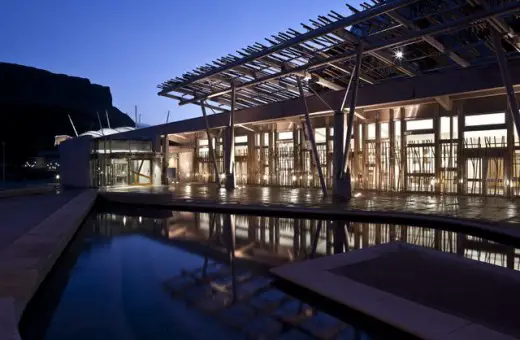
image courtesy of architects practice
Comments / photos for the CR Cockerell Edinburgh Architecture page welcome
